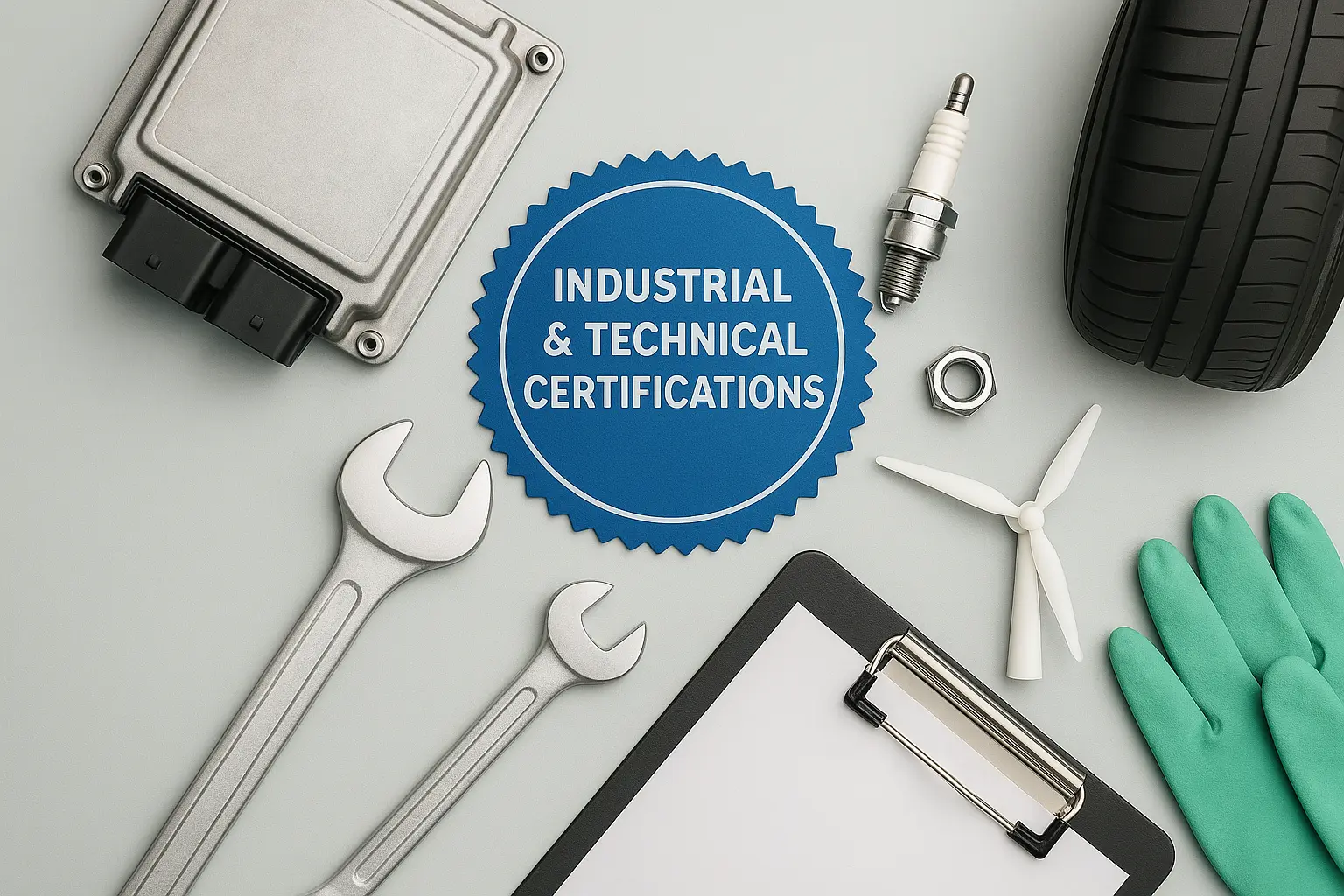EN 15085 Railway Welding Certification
The EN 15085 standard is a European technical specification that sets out the requirements for manufacturing, inspecting, and welding of railway vehicles and components. It ensures high safety standards in the production process by imposing stringent quality control measures.
EN 15085 covers various aspects including:
- Material selection
- Welding processes
- NDE (Non-Destructive Examination) methods
- Manufacturing process control
The standard is particularly important for ensuring the integrity and safety of railway vehicles, which operate under harsh conditions. Compliance with EN 15085 can help manufacturers meet regulatory requirements and gain a competitive edge in the market.
For welding processes specifically, EN 15085 specifies:
- The qualifications of personnel involved
- Welding process parameters such as current, voltage, and travel speed
- NDE methods like radiographic testing (RT), ultrasonic testing (UT), and visual inspection
The acceptance criteria for EN 15085 welding certification are stringent. They ensure that the welded joints meet or exceed specified strength and ductility requirements.
| Parameter | Acceptance Criteria |
|---|---|
| Min. tensile strength (ksi) | ≥ 50 ksi for carbon steel |
| Min. elongation (%) | ≥ 20% for carbon steel |
The certification process involves rigorous testing and documentation. It includes:
- Welding procedure qualification (WPQ) tests
- Type approval of the welding procedure
- Inspection and testing of each welded joint
- Documentation of all processes, results, and procedures
Why Choose This Test
The EN 15085 welding certification is crucial for several reasons:
- Regulatory Compliance: It ensures compliance with European Union regulations, which are critical for manufacturers operating in EU member states.
- Safety Assurance: The stringent testing and quality control measures ensure the safety of railway vehicles under extreme conditions.
- Market Access: Certification opens doors to international markets that prioritize high safety standards in transportation.
- Innovation: It allows for continuous improvement and innovation in welding technology, leading to safer and more efficient production processes.
By choosing EN 15085 certification, manufacturers can demonstrate their commitment to quality and safety, which is essential for building trust with customers and stakeholders.
Environmental and Sustainability Contributions
The railway industry plays a vital role in reducing carbon emissions by providing an efficient mode of transportation. EN 15085 welding certification supports this goal through several ways:
- Reduction in Maintenance Costs: High-quality welded joints reduce the need for frequent maintenance, leading to lower lifecycle costs.
- Eco-friendly Materials: The use of high-strength, low-alloy steels ensures that railway vehicles are lighter and more fuel-efficient.
- Energy Efficiency: Lightweight vehicles contribute to reduced energy consumption during operation.
The certification also promotes sustainable practices by ensuring that welding processes are efficient and minimize waste. This contributes to a greener transportation sector, aligning with global sustainability goals.
Use Cases and Application Examples
| Use Case | Description |
|---|---|
| Railway Carriage Manufacturing | The EN 15085 welding certification ensures that all components, including axles, frames, and body parts, are manufactured to the highest standards of safety and quality. |
| Track Components | This includes the manufacture of rail joints, sleepers, and fasteners. The certification ensures that these components can withstand harsh environmental conditions. |
| Signaling Systems | The standard applies to the production of signaling systems used in railway infrastructure, ensuring they are robust and reliable. |





